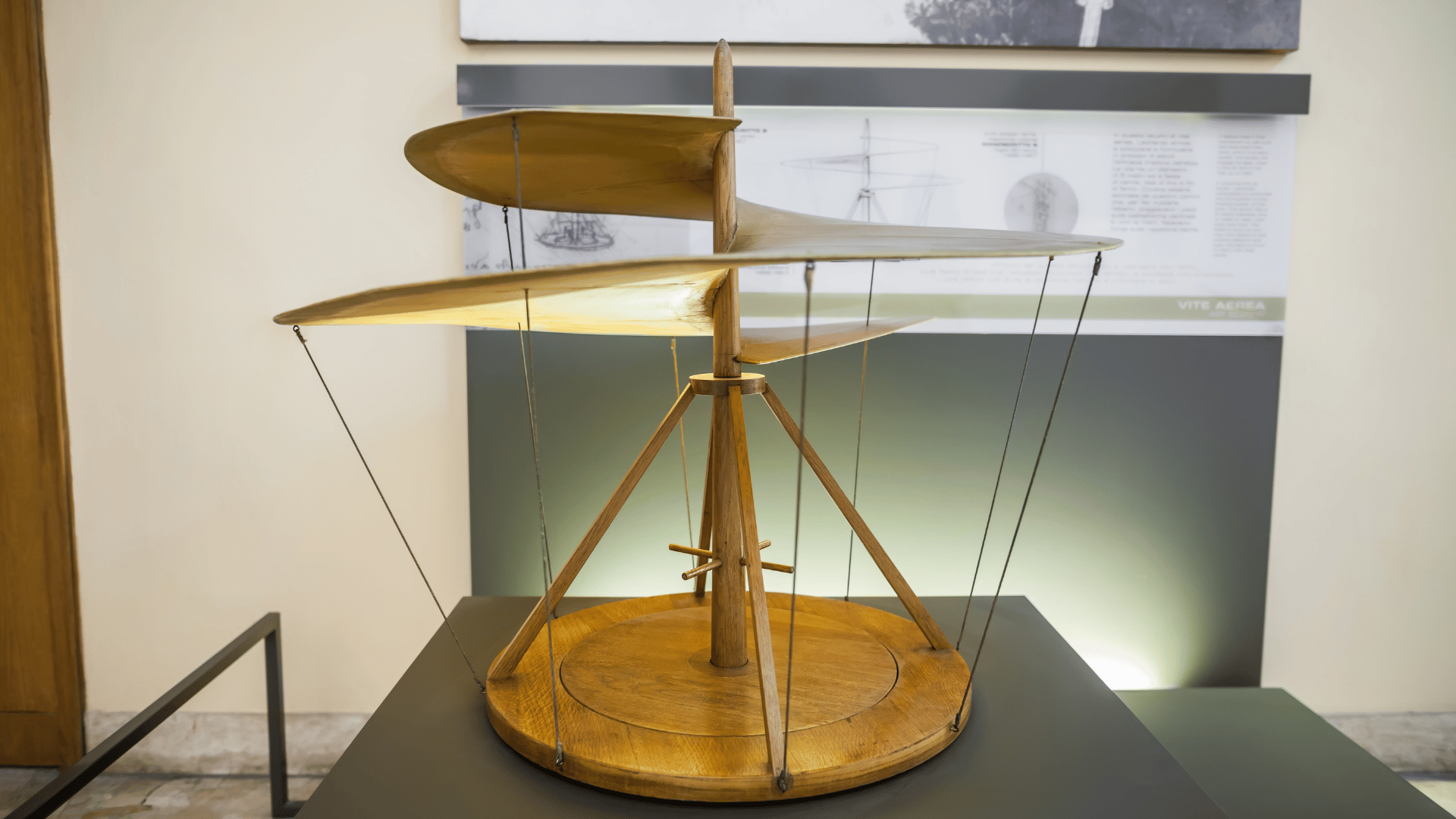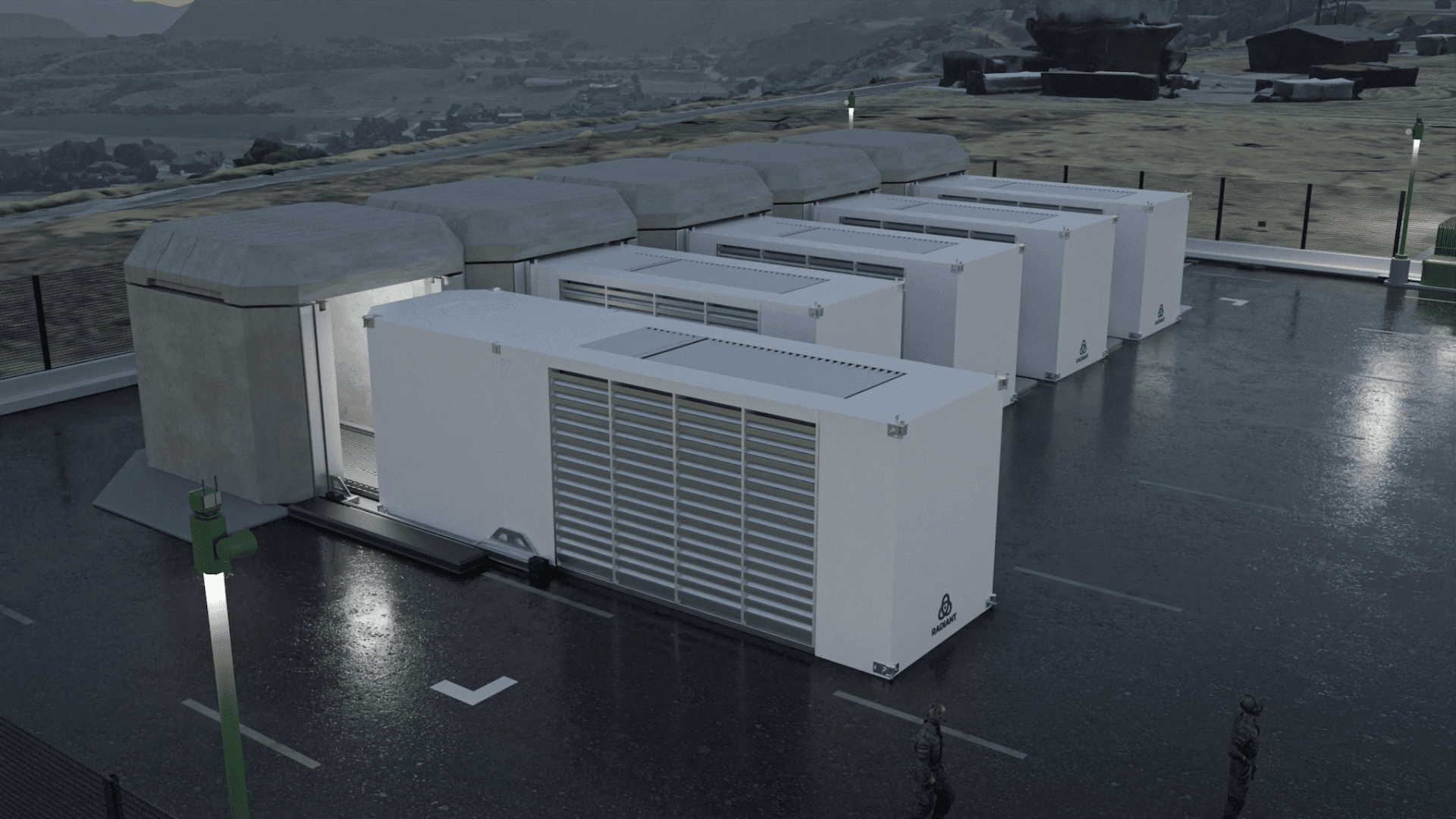According to a new study, a type of helicopter design made by the Renaissance-era artist, engineer, and architect Leonardo da Vinci could allow us to create quieter modern drones.
Leonardo Da Vinci Helps Modern Drone Design

Drones’ propellers emit a high-pitched buzzing sound, which will create a significant amount of noise pollution as drones become more commonly used for tasks like photography, package delivery, emergency response, and warfare. According to The Independent, the buzzing noises are due to air vortices around the tips of the propellers, which make noise as they intersect their blades.
In addition to creating some of the world’s most famous paintings, such as the Mona Lisa and The Last Supper, Leonardo also conceptualized functional flying machines centuries before flight was invented, including a helicopter prototype.
Originally conceived in the 15th century, the Leonardo “aerial screw” is one of the earliest designes for a life-generating rotor. According to mechanical engineering professor Rajat Mittal, author of the new study, the aeroacoustic and aerodynamic capabilities of Leonardo’s design have received limited study.
The new study, which is pending peer review, involved simulating the sound emissions and aerodynamic forces of a modernized design of the Leonardo aerial screw. The idea was that propellers similar to Leonardo’s design, which would have a screw-like shape and a single blade, could spread the vortices around and subdue the sound.
“Da Vinci’s visionary aerial screw – a sort of precursor to the modern helicopter – inspired our investigation,” Mittal said.
“The idea was to bring historical inspiration and modern computation together to reimagine a quieter modern drone.”
Researchers used computer simulations to determine the mechanical power, life, and acoustic emissions of this design under a variety of air flow conditions. After comparing these results with those of the average two-bladed rotor, scientists found that the Leonardo design produced less sound intensity for the same lift.
“The aerial screw demonstrates significantly lower mechanical power consumption and acoustic intensity per unit lift,” researchers wrote in the study.
The spiral shade of the aerial screw limits the interaction between the rotor blade and air vortex, resulting in less noise. Scientists hope to further investigate the design’s stability and structural integrity to determine whether it could be developed into viable rotorcraft concepts.







